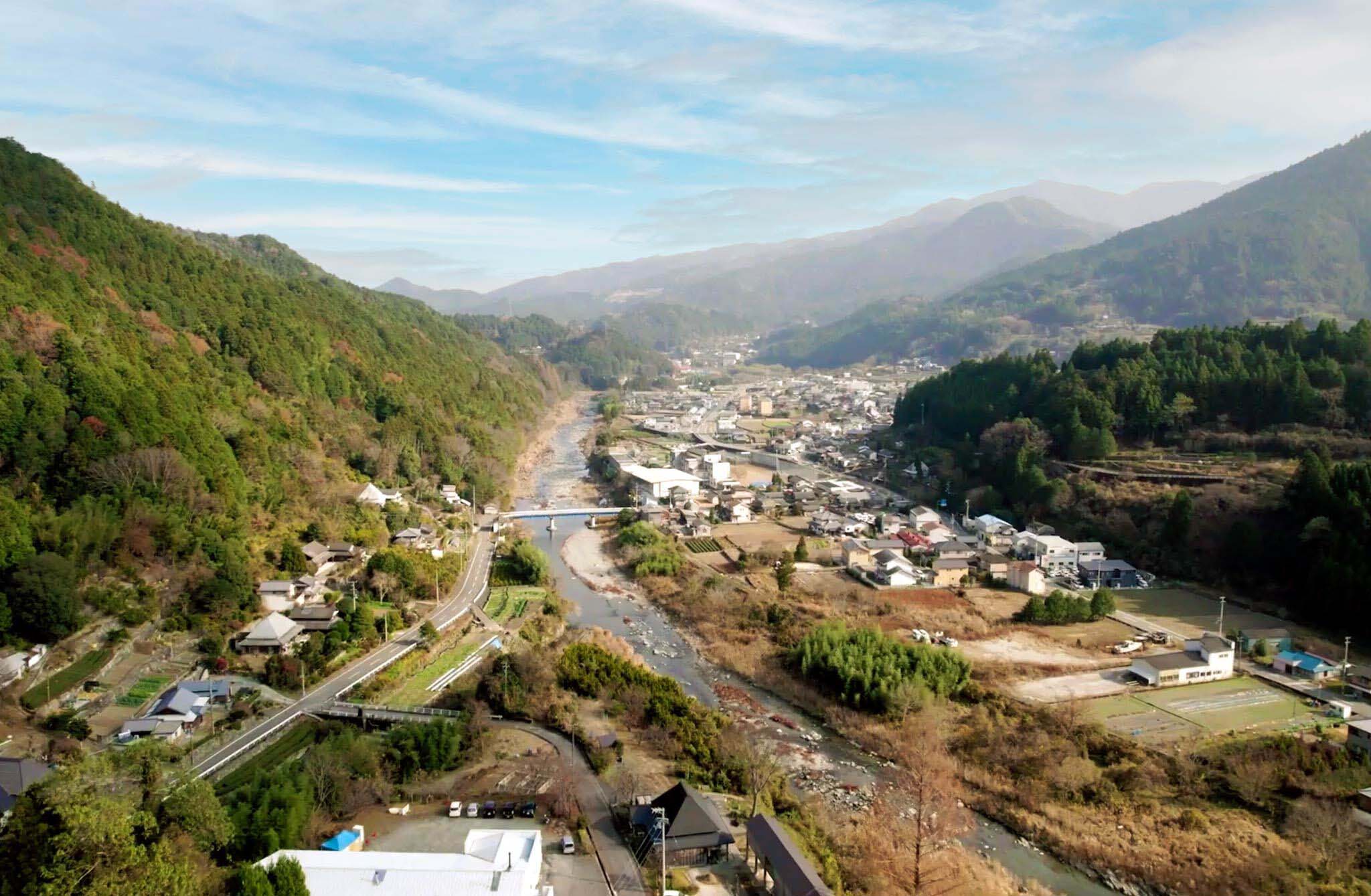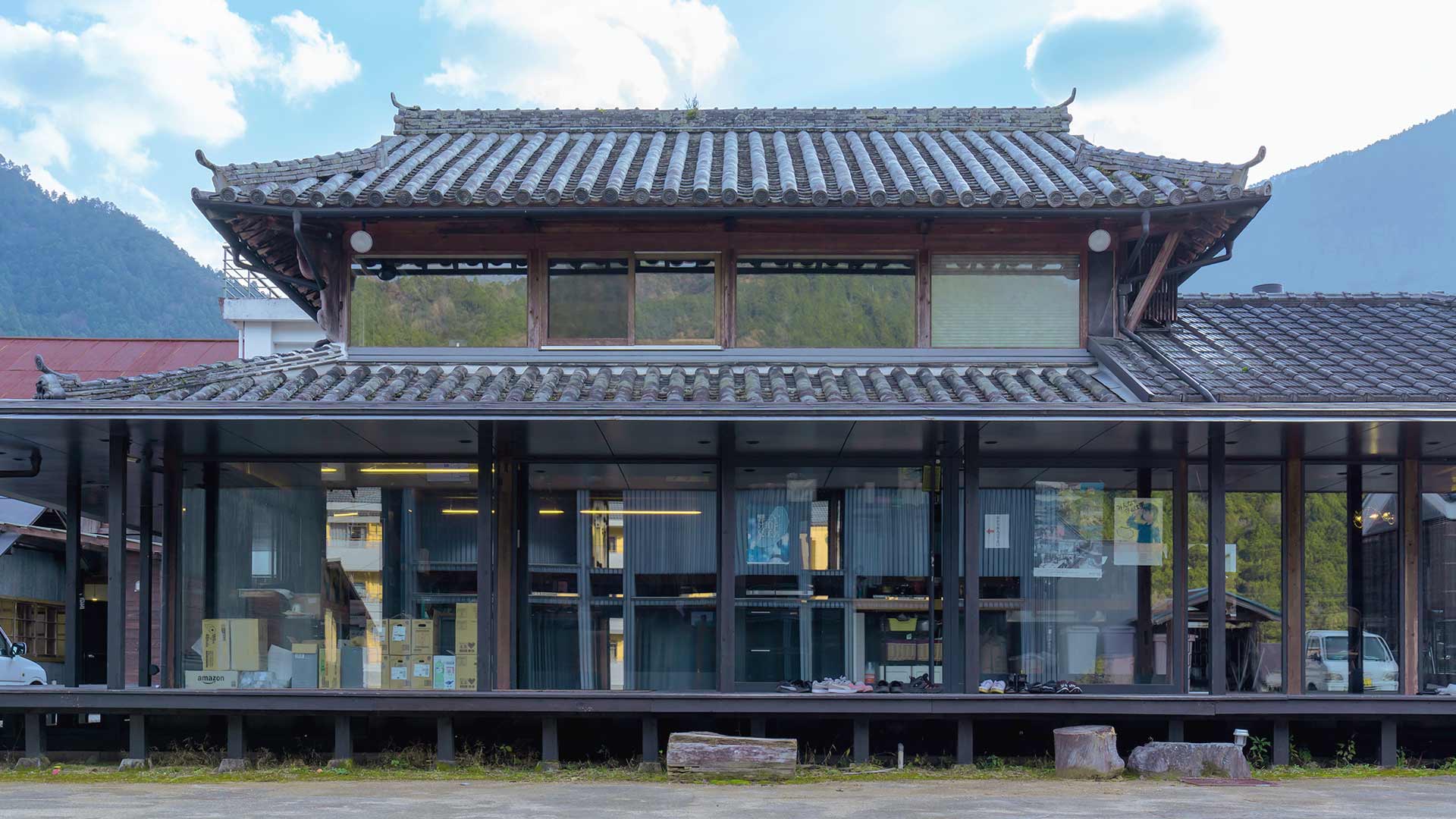
The Digital Transformation
of Rural Japan
Revitalized Japan brings digital technology to elevate rural communities and spread prosperity, marking a successful case study ready for global expansion.
A digital superhighway to circle the nation. Extending 5G data to 90% of people everywhere, rural and urban, enabling over two million human resources with digital skills to ensure all parts of the country prosper.
That’s what Japan sees just over the pandemic horizon as it moves to future-proof its in-between places for the next generation through digital solutions.
Prime Minister KISHIDA Fumio’s Vision for a Digital Garden City Nation aims to revitalize local regions by utilizing digital technology, through four initiatives: building digital infrastructure, developing human resources with digital skills, solving rural issues through digital services, and ensuring nobody is left behind.
Reinvigorating rural areas, KISHIDA’s administration believes, will revitalize Japan as a whole, through bottom-up solutions and ideas that can create a sustainable economy and society.

Planting the Seeds
KISHIDA’s administration has earmarked a total of 5.7 trillion yen for digitalization programs, which includes construction of a “digital superhighway” of submarine cables wrapping Japan in high-speed communication within three years, and recruiting a quarter of a million people, with specialist digital skills, annually for a 2.3-million strong workforce that will seed opportunity nationwide.
We will promote digital implementation in rural areas, creating a new wave of change, and closing the gap between rural areas and cities.
Prime Minister KISHIDA Fumio
KISHIDA told lawmakers days after being sworn into office in 2021, outlining the belief that the growth of rural areas will directly affect growth across the whole country. “To achieve that, we will build digital infrastructure including 5G, semiconductors, and data centers. We will work to ensure that everyone can enjoy the benefits of digitalization with nobody left behind.”
These investments are expected to rejuvenate local economies and inject the vitality needed to attract new generations. 5G coverage will expand from 30% of the population to 90% in 2024, while national coverage for fiber optic broadband services for households will go up to 99.9% by 2030.
Building Digital Infrastructure
One stated goal of the initiative—to build digital infrastructure—is using digital services to solve rural issues such as the elimination of unequal medical access in places like Ina City.
Cherry blossoms sprout from the grounds of ancient castles in this rural hamlet cradled by two rivers and the snow-capped Japanese Alps of Nagano Prefecture. But where Ina is rich in natural splendor, its nearly 67,000 residents are short in convenient access to medical services.
One in three residents is 65 years or older, and travel to the scattered mountain community’s limited medical facilities is difficult.
In recent months, cobalt-blue vans equipped with health care personnel, diagnostic equipment, and telepresence technologies have traveled through Ina’s hills, bringing hospital care to the people. Managed by an intelligent data platform, each vehicle in this innovative pilot program contains a nurse and the necessary equipment for doctors to remotely assess patients and communicate treatments.
Ina City has already implemented a first-of-its-kind drone delivery service for residents who have difficulty shopping for groceries. Its success could mean medications might even be delivered by drone in the future.
With the power of digital technology, we can provide the same top-quality medical services in rural areas as we do in urban areas. This allows doctors to stay in their hospital to conduct an online examination, and the patient does not have to travel far.
NAKANO Kyoko, a registered nurse at Kamiyama Clinic, Medical Corp, Ina.
Utilizing Digital Tools
While digitalizing logistics is spreading medical equity in Ina City, the Digital Garden City Nation philosophy can also be found 400 kilometers to the southwest in Kamiyama Town on Shikoku Island.
Just over a decade ago, it was about to be taken off the map due to its collapsing population. Now, it is becoming a major IT city, with more companies setting up satellite offices and attracting creative youth from around the world.
This ties with the third initiative’s goal to connect people to the global marketplace, even if they live in rural areas. Not only will the power of digital technology spark growth in rural areas, but it will also promote the value of Japanese products and services across national borders.
Kamiyama was heading toward demographic oblivion when one of its residents, OMINAMI Shinya, stepped up. After Kamiyama was wired with high-speed, fiber optic cable, startups and young tech workers were drawn by its balance of serenity and opportunity, and the low cost of living.
Soon Tokyo tech firms were opening satellite offices there, and entrepreneurs were attracted by its business incubator culture to create everything from art to craft beer. Its population has reversed its slide, rising roughly 20% to about 6,200 residents.
With one of the best fiber optic broadband environments in the country, it is now becoming a major IT city, with satellite offices for around 20 advanced companies. Young people from all over the world are coming here to start their own businesses.
OMINAMI Shinya, Chairman, Green Valley Inc., Kamiyama

OMINAMI first encountered that culture of innovation in the 1970s while attending Stanford University, where he witnessed the rise of Silicon Valley. Next year, he hopes to welcome the first students to a new private college where they can learn about technology and design from entrepreneurs and experts.
“The idea is to nurture people who can create new things,” he said.
A Connected Future
From building the digital infrastructure needed to elevate rural Japan, to driving growth that can be leveraged for global success, Ina and Kamiyama light the way for broad application of Prime Minister KISHIDA’s Vision for a Digital Garden City Nation.
By harnessing digital technology, Japan’s people will be empowered to tell a new story of their future, one that is connected to, engaged with, and open for business with the global community.









